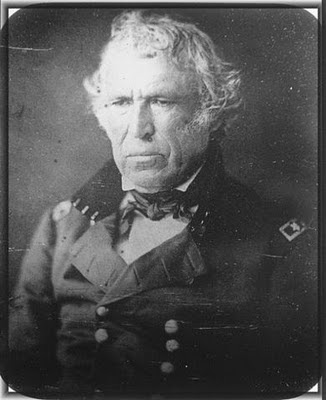
This book would help a war hero become President.


Taylor would die in office in 1850.


This book would help a somewhat known hero out west run for President with a brand new party, called the Republicans.

Zachary Taylor and John C. Fremont were two men who would both want the same thing. The presidential chair. Taylor ran as a Whig in 1848 and won. Fremont ran as the first Republican Presidential candidate and was defeated, by a man who had no issues, or comments.
In both cases there were books that would come out and talk about how wonderful they were. I thought it would be nice to show you all two books who's job it was to do this. They were not great books in the arena of the written word, but they were to get people to vote.
The last Whig candidate to win an election was Taylor, and the Whig Party morphed into the Republican Party more or less. Fremont would be their first Presidential candidate in 1856. It would take 4 more years to bring a member of his party into the Executive Mansion, named Abraham Lincoln. There were few books on him, but Fremont was first and the first of his kind.










